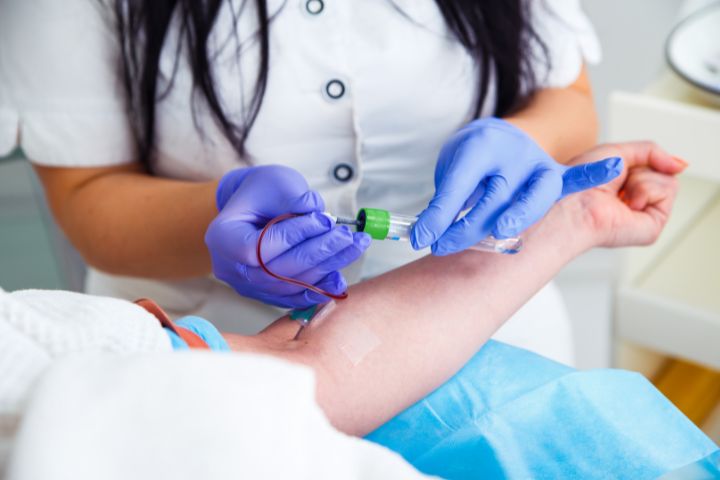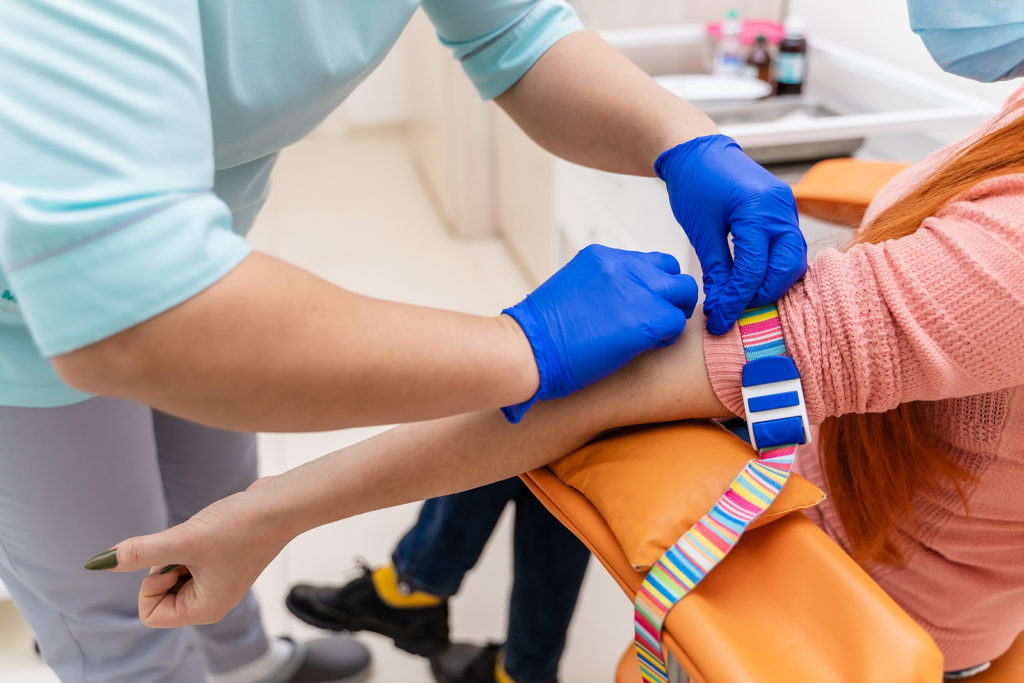The Ultimate Guide To Northeast Medical Institute - New Haven Campus Phlebotomy Course & Cna Class
The Ultimate Guide To Northeast Medical Institute - New Haven Campus Phlebotomy Course & Cna Class
Blog Article
Northeast Medical Institute - New Haven Campus Phlebotomy Course & Cna Class Fundamentals Explained
Table of ContentsSee This Report on Northeast Medical Institute - New Haven Campus Phlebotomy Course & Cna ClassWhat Does Northeast Medical Institute - New Haven Campus Phlebotomy Course & Cna Class Do?Not known Factual Statements About Northeast Medical Institute - New Haven Campus Phlebotomy Course & Cna Class Some Ideas on Northeast Medical Institute - New Haven Campus Phlebotomy Course & Cna Class You Should KnowAll About Northeast Medical Institute - New Haven Campus Phlebotomy Course & Cna ClassThe smart Trick of Northeast Medical Institute - New Haven Campus Phlebotomy Course & Cna Class That Nobody is Talking About
The use of such tools must be gone along with by various other infection avoidance and control practices, and training in their usage.For settings with reduced resources, cost is a motoring consider purchase of safety-engineered tools - Phlebotomy Training. Where safety-engineered tools are not offered, experienced use a needle and syringe is acceptable. Unintended exposure and details info concerning an event must be taped in a register. Support solutions need to be advertised for those who undertake unintentional direct exposure.
Among the essential markers of high quality of care in phlebotomy is the participation and participation of the patient; this is mutually useful to both the wellness employee and the person. Clear details either composed or verbal ought to be readily available per patient who undergoes phlebotomy. Annex F offers sample text for discussing the blood-sampling procedure to an individual. labelling); transport problems; interpretation of results for medical administration. In an outpatient division or facility, supply a specialized phlebotomy work area containing: a tidy surface with two chairs (one for the phlebotomist and the other for the patient); a hand wash container with soap, running water and paper towels; alcohol hand rub. In the blood-sampling area for an outpatient division or center, offer a comfortable reclining sofa with an arm rest.
7 Simple Techniques For Northeast Medical Institute - New Haven Campus Phlebotomy Course & Cna Class
Make sure that the indications for blood tasting are clearly specified, either in a written method or in documented instructions (e.g. in a lab form). Whatsoever times, adhere to the techniques for infection avoidance and control noted in Table 2.2. Infection avoidance and control practices. Gather all the tools needed for the procedure and area it within safe and simple reach on a tray or cart, guaranteeing that all the things are plainly noticeable.
Present yourself to the client, and ask the client to state their complete name. Inspect that the research laboratory kind matches the person's identity (i.e. match the client's details with the lab form, to guarantee accurate recognition).
Make the patient comfy in a supine placement (if feasible). Location a clean paper or towel under the person's arm. Review the examination to be done (see Annex F) and obtain spoken approval. The individual has a right to decline a test at any moment prior to the blood tasting, so it is very important to ensure that the patient has actually recognized the procedure.
The Buzz on Northeast Medical Institute - New Haven Campus Phlebotomy Course & Cna Class
Prolong the person's arm and inspect the antecubital fossa or forearm. Find a blood vessel of a good size that is noticeable, straight and clear. The layout in Area 2.3, reveals common settings of the vessels, however several variations are possible. The median cubital capillary exists between muscle mass and is normally one of the most easy to pierce.
DO NOT put the needle where veins are diverting, due to the fact that this enhances the chance of a haematoma. Situating the vein will certainly aid in establishing the proper dimension of needle.
Samplings from central lines bring a risk of contamination or incorrect laboratory examination outcomes. It is acceptable, yet not perfect, to attract blood specimens when very first presenting an in-dwelling venous device, prior to connecting the cannula to the intravenous fluids.
A Biased View of Northeast Medical Institute - New Haven Campus Phlebotomy Course & Cna Class
Failure to allow enough contact time raises the threat of contamination. DO NOT touch the cleansed website; in specific, find out here now DO NOT put a finger over the capillary to direct the shaft of the exposed needle.
Ask the individual to develop a clenched fist so the capillaries are much more popular. Go into the vein swiftly at a 30 level angle or much less, and remain to present the needle along the vein at the easiest angle of access - PCT Classes. When adequate blood has been accumulated, release the tourniquet prior to taking out the needle
Northeast Medical Institute - New Haven Campus Phlebotomy Course & Cna Class Fundamentals Explained
Take out the needle carefully and use gentle pressure to the website with a clean gauze or dry cotton-wool round. Ask the client to hold the gauze or cotton woollen in place, with the arm expanded and raised. Ask the individual NOT to flex the arm, since doing so creates a haematoma.

Northeast Medical Institute - New Haven Campus Phlebotomy Course & Cna Class Can Be Fun For Everyone
Do not push the syringe bettor since added stress raises the threat of haemolysis. Where feasible, maintain the tubes in a rack and move the rack in the direction of you. Inject downwards right into the proper coloured stopper. DO NOT get rid of the stopper due to the fact that it will certainly launch the vacuum cleaner. If the example tube does not have a rubber stopper, inject very slowly into the tube as reducing the pressure and rate made use of to move the sampling decreases the danger of haemolysis.

Report this page